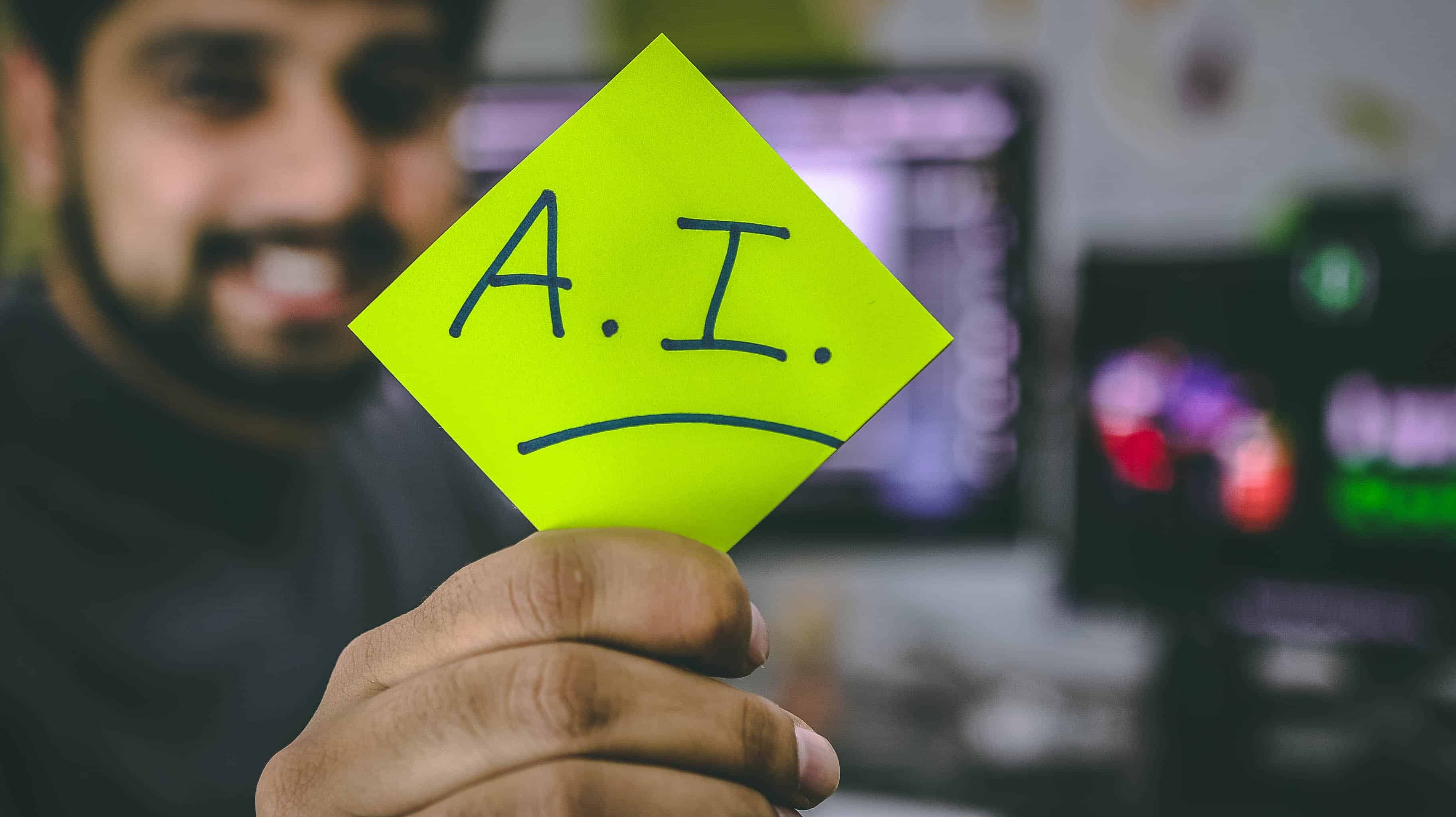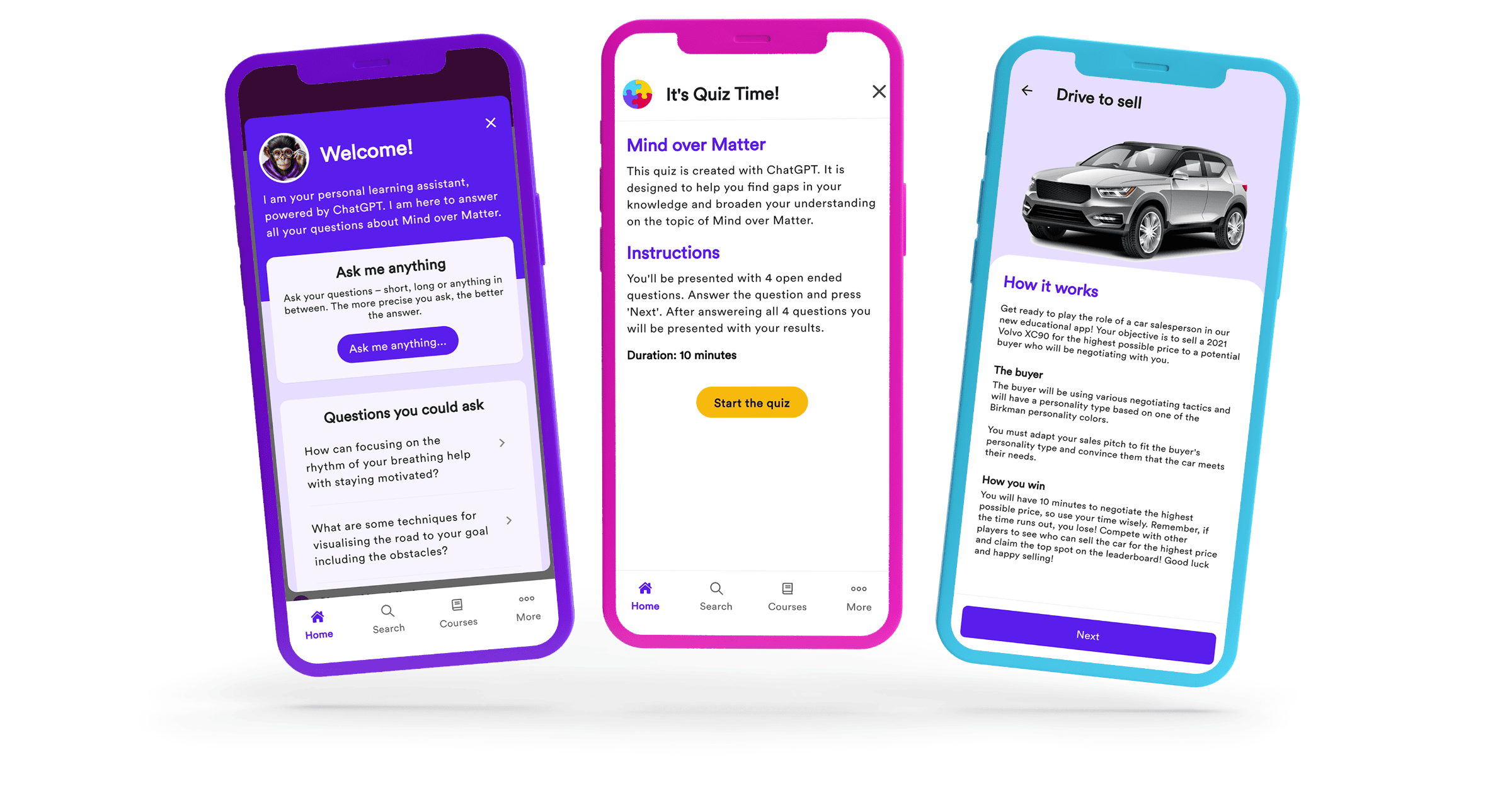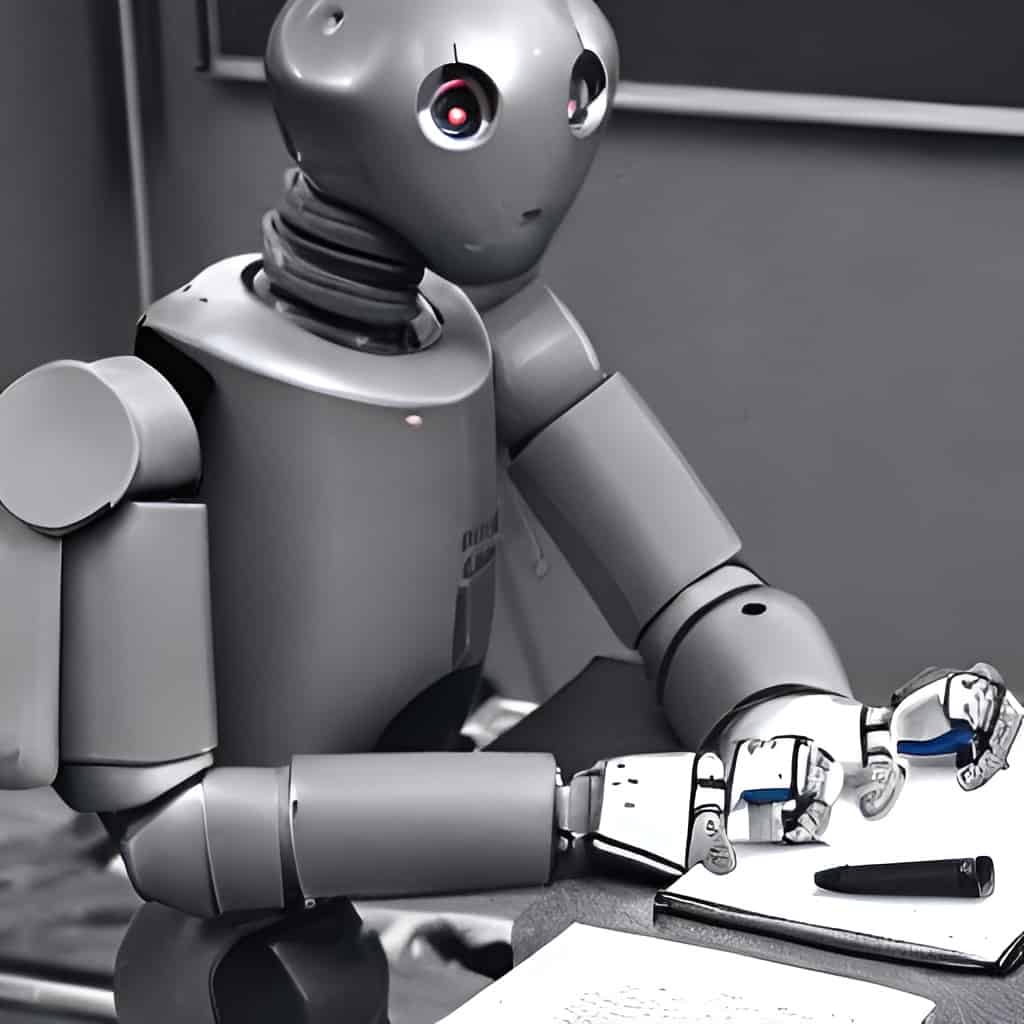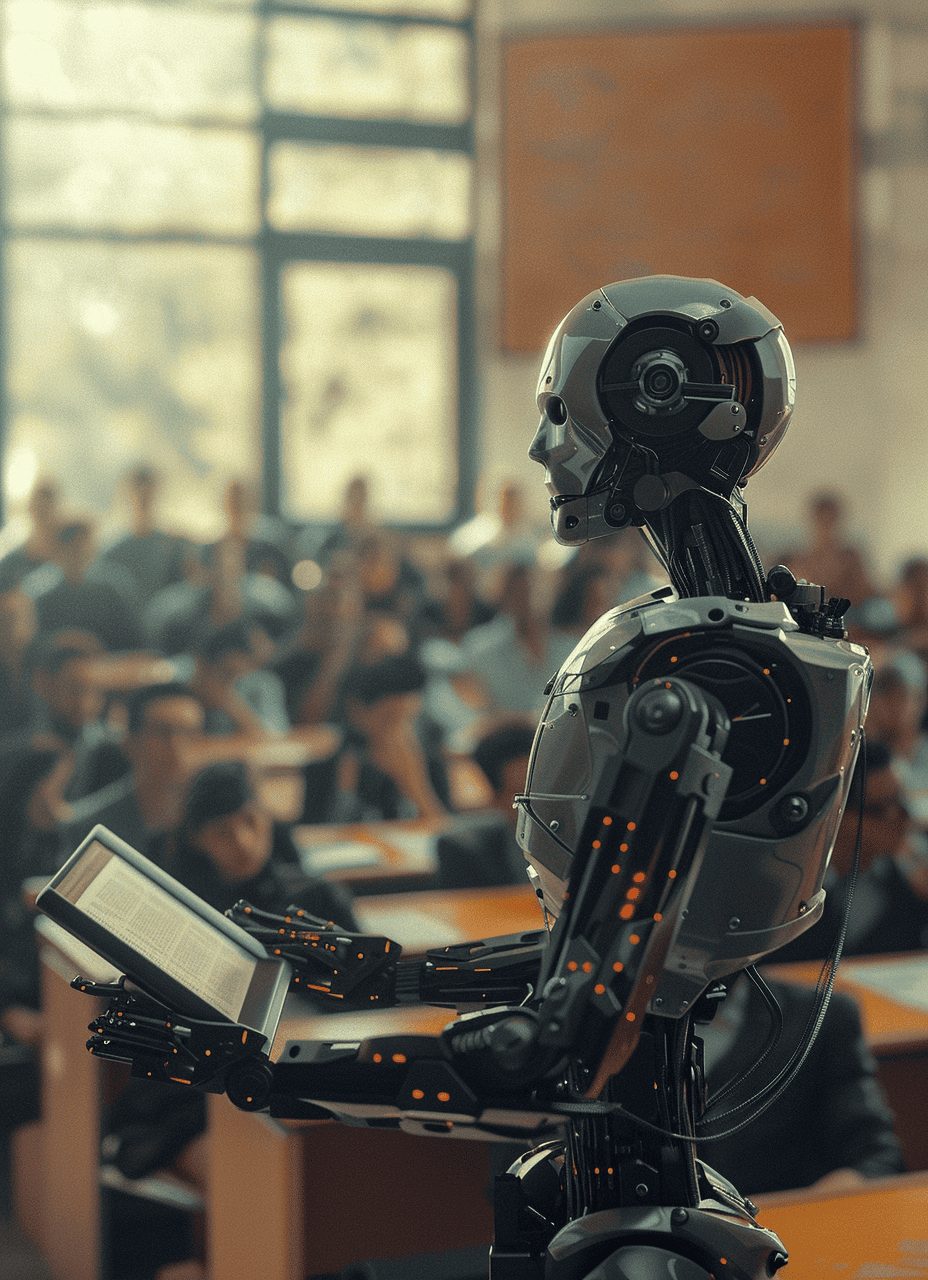
Artificial Intelligence (AI) is rapidly reshaping our entire education system. E-learning platforms and institutions are investing heavily in integrating AI into their system. Global Market Insights Inc. has reported that, expectedly, AI in Education market revenue will cross 20 billion by 2027.
AI has the potential to address some of the biggest challenges in education and innovate teaching and learning practices. Educators may increase student participation, improve learning materials, and provide personalized learning experiences that are catered to the specific need of every student. However, such technological developments can also bring multiple risks and challenges along with them. “The biggest systemic challenge is that educators and institutions will have to get on top of things when it comes to AI”, says Florian Lippert, associate professor, and vice chair for European Culture and Literature at the University of Groningen (RUG), Netherlands, where he is developing guidelines for the use of AI in teaching and learning.
- AI is revolutionizing education by improving research speed, enhancing cross-language communication, and aiding teaching techniques.
- While AI offers promise, it raises privacy and inequality concerns. Institutions must guide educators and promote learners’ reflection on effective learning.
- As AI becomes more prominent, educators need AI expertise to guide learners effectively, fostering a deeper understanding of the learning process.
A promising prospect
“On the one hand, AI is creating exciting, far-reaching opportunities in many areas of education”, says Lippert. “It is already helping us enormously with getting more specific information faster than ever, and with conducting complex, data-intensive research, which in turn informs our research-based teaching.” Along with this, there are several other aspects where AI is already very useful in teaching. “It can help us to cross language barriers very easily, and it can make student discussions better and seminar preparations easier”, he adds.

For example, Lippert talks about the AI-supported digital annotation platform Perusall, which the chair group of European Culture and Literature, led by Pablo Valdivia, started to integrate into their teaching at the RUG some years ago. On this platform, students get tasks that include reading a text or watching a video. The students annotate the text or the video with comments or questions within the platform. “The lecturer then receives detailed information about which passages were most talked about by the students and about which topics there were questions”, says Lippert, which in turn helps lecturers to focus more on topics that need special attention in the classroom.
While AI has been in use in educational contexts for years, he adds, it has become virtually impossible to ignore the topic since the launch of ChatGPT. ChatGPT already has more than 100 million unique users and students make up 30% of that total, rendering it one of the fastest tools or applications ever adopted in the field of education.
When we talk about AI in education, many might only think about the fields of technology, such as computer science. However, AI has become very relevant in many other fields as well, as Lippert explains, both as a topic of research and as a tool for teaching and learning. This goes for his own field, cultural studies, as well as sociology, psychology, the natural sciences, and many other disciplines.

Challenges surrounding AI
There is no denying that AI has the ability to change our education in the future. But the question is, does it bring all the positives to the table, or are there also challenges and risks that come with it?
“Some questions that need an answer are: Where does AI enhance learning, and where does it hinder it? AI cannot be ignored, nor can it be banned from education in the long run. Hence, educational decision-makers have to take responsibility, seize the chances, and tackle the risks.” While university research continues to be important for the further development of AI in an independent environment under standards of academic integrity, all educational institutions should include specific do’s and don’ts regarding AI in their teaching and learning guidelines. Educators should at least have a basic understanding of which AI tools can be used in their fields, and teach students what is useful and what is not for their learning. “In general, we must get better at explaining to learners how learning works and in which ways they learn best.”

Lippert gives an example of two first-year university students who are tasked to write a 3000-word essay. “Student A must answer a generic research question, set by the lecturer, and is left alone with this task; coming straight from school, the student is likely to assume that the only important thing is the final product – 3000 words that answer the question and sound ok.” This student A, according to Lippert, is certainly more tempted to entirely outsource this task to a generative AI than student B, “who is allowed to develop their own, new research question, based on their own interests, and who has been taught that the actual learning process is not about the final product, but about what happens along the way – finding a question, reading sources, conducting research, structuring your argument. This is how you learn.” Therefore, educators need to foster self-reflection in learners: “Learners need to understand the ‘whys’ and ‘hows’ of learning in order to understand where AI supports their progress, and where it impedes it.”
AI and the future of education
The integration of AI in education is still in a relatively early stage. However, its impact is growing. “It is now crucial to study AI’s societal impact and ethical challenges”, says Lippert, “and independent academia must play a key role in the future developments in the field”.
Educators of the future will need AI-related expertise to know what’s going on and what should and should not be used in their fields. They must actively discuss these do’s and don’ts with the learners, and better explain what learning actually is. “In this sense,” Lippert concludes, “AI might foster a new quality of educational self-reflexivity.”








